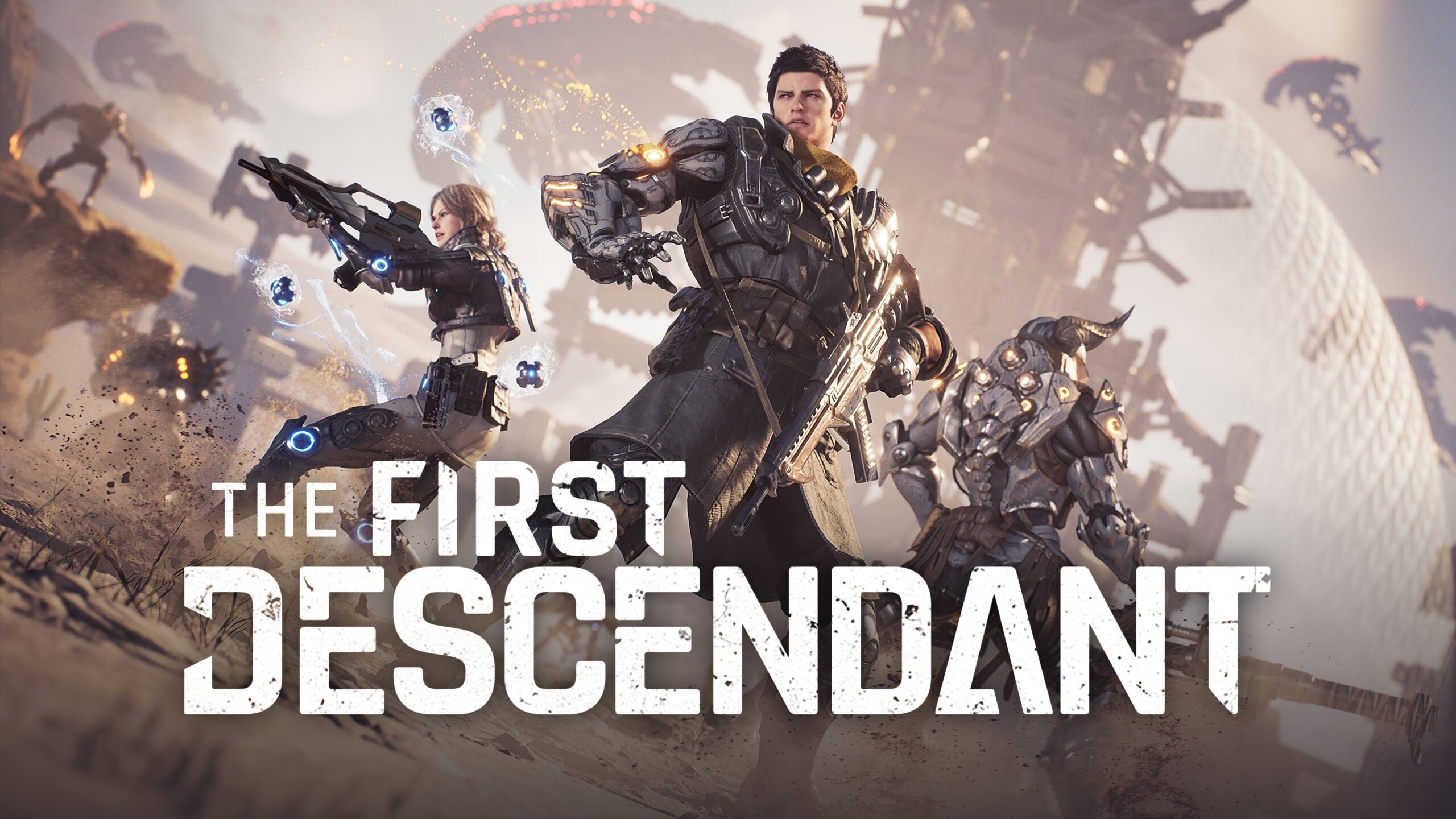
For fans of Destiny, Warframe and all that stuff
Although the publisher Nexon hasn’t boasted about the success of The First Descendant yet, the release of the shooter did not go unnoticed. Hundreds of thousands of people are playing the game on Steam alone, and on consoles it rarely takes more than ten seconds to select allies in missions. The audience was clearly not only interested in the project, but also saw something in it that made them want to stay in it. My preview of the beta wasn’t the most positive, but the full version was much more interesting – when you have access to all the content and the numerous mechanics make sense, it’s impossible to tear yourself away from the game.
So how are you doing there, Descendants?
Take the story, for example. At first, it really doesn’t catch you by any means: a hundred years ago, humanity was defeated by the Valgus, who came from another world, after which the survivors found the forgotten powers of the Ancestors. They want to regain control of the planet, but to do so, they need to defeat a Valgus leader named Karel. We control one of the Descendants and travel around the world in search of iron hearts, which will help us to defeat the villain and his army. The first missions mostly consist of dreary dialogs (or rather, monologues – the protagonist is silent) in the headquarters, where we are asked to go there and do this and that.
But later on the story speeds up – you want to watch the development of characters, and the clips on the engine are spectacular. Why does our leader doubt the Counselor who accompanies us as the story progresses? What will happen to Jeremy, who is clearly not happy to be in our company? Is it even worth chasing after these iron hearts? There is nothing special in the narration, but it is not annoying – if at first you want to skip dialogs, then in time the plot even becomes intriguing.
However, the structure of the story campaign is a bit strange. At some point the leader tells you that a new region has become available – go there to the outpost. You teleport there, have a few words with someone, and then have to explore the location – in The First Descendant this means completing patrol missions in the spirit of Destiny. Escorting a drone, defending the area, capturing or destroying some objects – for the most part, these are primitive missions where you just shoot at enemies coming from everywhere and do something else in parallel. When the patrols are completed (usually there are from two to five of them), you either do the same thing in the next location in the same region, or start a mission, where there are dialogs on the radio, and a plot video at the end.
That’s why it’s not a good idea to play The First Descendant as a story action game. Although they paid more attention to the story here than in the first Destiny, the gameplay is the main thing: running around the locations, shooting, completing tasks and getting loot. Huge amount of loot – inventory fills up very quickly. There is no armor like helmets and breastplates, but there is plenty of everything else, including weapons. There are also modules (more about them later), reactors (something like artifacts) and so-called external components – they are not visible on the character, but these sensors and processors give a boost to the characteristics.
Run and Shoot
The main thing is that moving and shooting here is a lot of fun, and that’s what makes you want to join any mission at any moment. Whichever gun you take, all of them are equally enjoyable to use: pistols, assault rifles, tactical rifles that fire in bursts, snipers, and even rocket launchers. It’s hard to describe in words exactly why the shooting is so well implemented – you have to try it yourself. But I’m still not bored of giving out headshots, and running out of ammo forces me to switch between different guns (the character has three weapons at once) and change tactics on the fly.
Character abilities are important too. Ajax is a sort of Titan from Destiny, a tank that absorbs a lot of damage and flies into crowds of enemies and puts up shields for the team. Bunny is a runner who releases electric shocks when she lands, and her energy to activate abilities is stored as she moves around. Freyna poisons the ground, which is especially useful against slower enemies, and she can also create a poison rifle out of thin air. Or take Sharen, an assassin girl who can turn invisible and stun targets with electroshock. These abilities do not change the course of the battle, but allow you to approach different situations in different ways – when playing as Bunny, for example, you want to constantly run near enemies and activate lightning discharges.
There are quite a lot of enemy types, and when moving from one region to another you meet new dangers. There are no unusual archetypes here: there are skinny but fast mobs, there are fat guys with big machine guns, there are enemies equipped with huge shields. Someone explodes when approaching, someone teleports, someone stands on high ledges and shoots with a sniper rifle. However, the developers never force you to shoot with a crowd of identical enemies – if you are fighting off waves of enemies, there will be various monsters among them. And this is true both for patrols and for full-fledged missions, more reminiscent of Destiny raids, with simple mechanics like jumping on platforms.
Bosses are praised for their diversity: one creates a shield around himself, which has only a couple of vulnerable spots, while the other summons green containers, which, if not destroyed in time, will flood the floor with poisonous acid. However, there is a lot to criticize the bosses for. All of them have several phases – when their health bar runs out, they become invulnerable and you are required to perform certain actions. In some cases, you just need to destroy the enemies around you – no problem with that. But sometimes the invulnerable boss creates some orbs above his head, which you need to shoot, and without overpowered characters it’s a long process. Plus conditions are often added: destroy the orbs in a certain order, do it quickly so that no new ones appear, and so on. It’s just tedious, boring and annoying by the middle of the game, although the bosses themselves turned out to be not bad.
Colossi are better – they are also kind of bosses, but you fight them in separate arenas, not in missions. In ten minutes your squad must destroy a giant enemy, and fortunately there are no balls in these battles, but there are some interesting mechanics. For example, one of the colossi, the Eater, creates several domes in the middle of the battle that restore his health. You need to dodge his powerful projectiles, stay away from small monsters, and destroy the domes very quickly, wearing the best equipment beforehand.
In general, if you consider The First Descendant as a shooter-looter that you pass and forget, it’s quite an exciting adventure – with a tolerable story, beautiful locations, charming characters and fun shooting. But such games are immersed not for the sake of the story campaign, but for everything around and after it. And in this respect the novelty has something to offer.
Attempts to save money
One of the main entertainment will be the collection of resources for the master, busy with research. It is from her that you will unlock new characters, as well as exotic guns (here they are called magnificent) and all sorts of consumables for transferring weapon levels, changing their properties and so on. All those numerous materials that fall out from everywhere and that you don’t pay attention to at first: super alloys, liquid metals, nuclei, crystals, polymers… It’s convenient that in case of any resource you can find out where exactly it can be collected right in the same menu. It can be missions, patrols, and battles with colossi. However, even if you collect all the resources, you won’t be able to make the necessary thing from them at once – you’ll have to wait. An hour, four hours, sixteen or even thirty-six.
Guns and characters, obviously, require the most of all such junk, and it’s not enough just to go somewhere and get the right thing – many of them have only a chance of falling out in a certain place. And if in some cases you’ll be lucky and one pass will be enough, for some resources you’ll need to sit at least all evening doing the same thing. Or even a few days. When I was packing for Sharen, the first three items came out relatively quickly. For the fourth, I had to go through a mission that had a 20% chance of her element falling out. While the number isn’t the smallest, it took me 16 tries for the item to finally fall out.
And in the case of some characters, not only is the probability of a single item 3%, but it’s not so easy to get. For example, you’ll need to first complete a mission that drops a certain sample of amorphous material – it’s kind of like a lootbox that you go to the specified colossus with, fight it, and then “print” the sample at the end to get one of the possible prizes. A blueprint for a cannon might have a 34% chance, and a character item might have a 3% chance. So you farm samples by going through the same missions, then defeat the same colossi, then go back to the same missions if you run out of samples…
The process will be long, and those who don’t want to mess around can unlock their favorite hero for money – they cost from $10 to $20 for simple characters and about $50 for superversions with more interesting design and slightly better characteristics. But even super versions can be knocked out for free – if you want, of course. I immediately remember the first Destiny, where some players couldn’t get the coveted Gjallarhorn rocket launcher for a whole year, even though they went raiding every week. Here there will be much more sad stories like that.
Another element of the game, which will be paid attention to in the endgame, are modules. For each hero and for each gun you can choose a few passive improvements from the hundreds available – they fall out of enemies in huge quantities. Modules offer very flexible customization of everything: you can emphasize on skill recovery, on health increase, on reload speed, on the probability of a critical hit. In the case of weapons, you increase the rate of fire or attack, increase the capacity of the magazine, add attack elements like cold or poison, reduce recoil. “Exotics” among the modules are also there – with one you will not spend ammo on a critical hit for a few seconds.
Modules can be combined, pumped, disassembled to get the currency needed for upgrades. But it is worth remembering that each module has a parameter “Energy Consumption” – the character is allowed to wear a limited number of these “passives”, because his energy is limited. To increase its available amount, of course, you can, but this requires energy activators – and they are created with five resources, one of which with a very low probability falls out of the defeated colossi. Or pay money.
That is, the endgame turns into a long grind of everything, and some of the mechanics are as if deliberately made as painful as possible, so that at some point you spit and spend real money. On the other hand, looter-shooters are built on grind – on replaying the same thing in order to get something better. And in this respect, the game will surely pull in those who like this kind of gameplay. Even when I ran the same mission 16 times, it didn’t cause me much irritation – I tried different characters, changed guns, switched modules. And these runs were not pointless at all – at the same time I was collecting resources that would be useful somewhere.
In general, there are questions about monetization here. The battle pass offers a lot of stuff, but it doesn’t have a single appearance for characters (but it does for guns), and it doesn’t return currency in full. Ten character slots are available, and for the rest you have to spend some currency, which you can’t get for free (to be fair – in Warframe you get two slots). Costumes can be repainted, but all colors are disposable, and you have to pay for additional ones, plus you can’t apply them to standard looks. For the most part, it’s all “cosmetic”, so to hell with it, but it would be better if the developers were inspired by a little more generous competitors.
The most frustrating thing about the game is that in the “real” endgame, that is, in complex versions of missions and other entertainment, there is no player selection system at all. In normal modes it works wonderfully: you rarely pass patrols alone, and in missions people quickly join you, and you kill colossi together – even if you don’t have any friends who have downloaded The First Descendant, you will always find a company. This is not the case on “hard” – look for partners somewhere by yourself.
This is probably the biggest blunder of the developers and the reason why the action game can quickly lose its audience. Searching for people in real life will not work also because of the above-mentioned probabilities – if you get together to knock out some thing and one of you gets it from the first time, there’s no reason for him to sit and waste time further, so you’ll have to look for someone new. And since there is a lot of entertainment here, you won’t be able to do it quickly, as everyone needs different prizes in different missions.
The First Descendant reminded me of the first Destiny – I was in love with that game, spent sleepless nights in it, called my friends to raids or just did patrol missions, because it was fun to shoot. I also liked the gameplay here – despite the stupid patrol missions, the campaign is quite exciting thanks to the many types of enemies and a dozen unique locations. And it’s not boring to farm resources, jumping from one mission to another, looking for cooler weapons and hoping that you’ll be able to unlock a new character soon. You can reproach the game in unoriginality – even the menus with a circular cursor here are very similar to those made by Bungie. But for those who are bored with old looter-shooters and want to break into something fresh, Nexon project can become a shelter for a long time.
Pros: nice shooting and a variety of weapons; each playable character is unique and good in its own way, so there is a desire to open them all; not the worst story, which closer to the middle even becomes interesting; fast selection of players and the ability to join patrol missions; many types of enemies and bosses, so it does not get boring; interesting module system, offering flexible character customization; the ability to unlock all the heroes and all the exotic guns for free; beautiful graphics.
Minuses: the story campaign mostly consists of primitive patrol missions; shooting at balls between boss phases quickly begins to tire; the chances of dropping some materials and resources are very low, so you have to spend a lot of time to knock them out, if you don’t want to pay; problematic monetization, including a battle pass, which does not return the currency spent; no system for selecting players in complex modes.

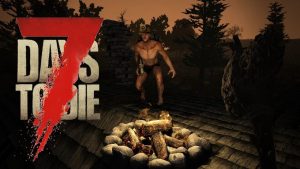
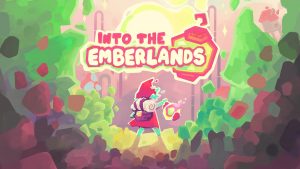
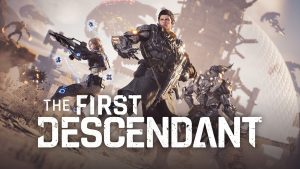

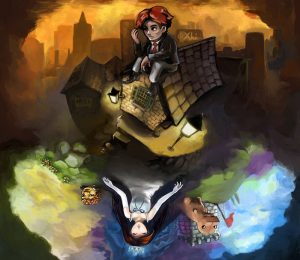
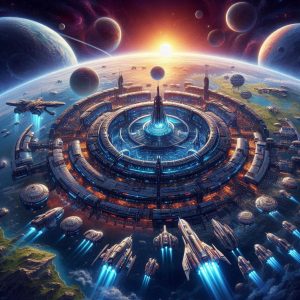
Great review! The First Descendant sounds like a thrilling looter shooter, especially for fans of games like Destiny and Warframe. It’s good to hear that the full version improves upon the beta and offers a lot of engaging content. The unique characters and fun shooting mechanics seem like major highlights. However, the grind for resources and the problematic monetization are concerning. Hopefully, the developers will address the player selection issues in complex modes to ensure the game retains its audience. Overall, it sounds like a game with a lot of potential and an exciting addition to the genre.